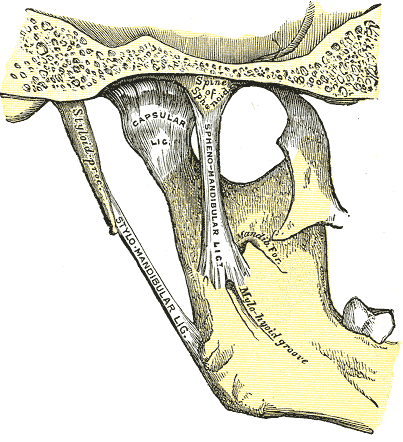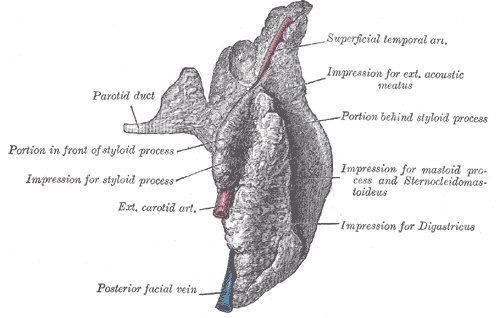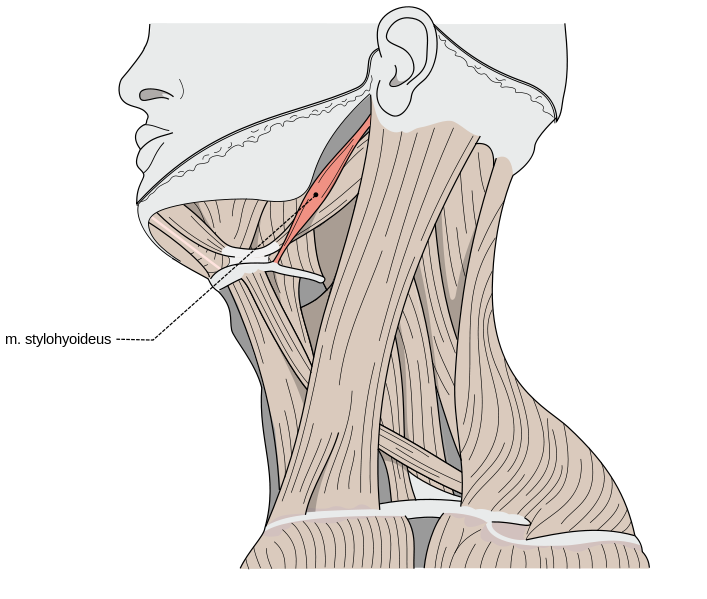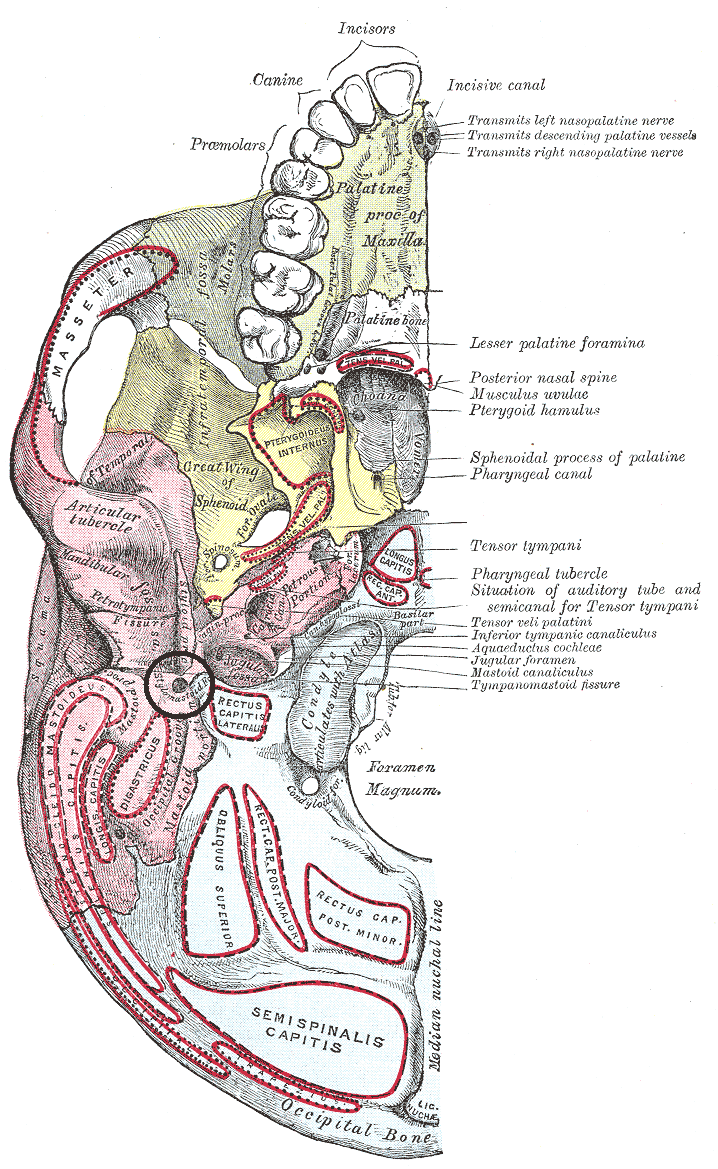[1]
Glogoff MR,Baum SM,Cheifetz I, Diagnosis and treatment of Eagle's syndrome. Journal of oral surgery (American Dental Association : 1965). 1981 Dec;
[PubMed PMID: 6948095]
[2]
Das S,Suhaimi FH,Othman F,Latiff AA, Anomalous styloid process and its clinical implications. Bratislavske lekarske listy. 2008;
[PubMed PMID: 18447260]
[3]
Vadgaonkar R,Murlimanju BV,Prabhu LV,Rai R,Pai MM,Tonse M,Jiji PJ, Morphological study of styloid process of the temporal bone and its clinical implications. Anatomy
[PubMed PMID: 26417479]
[4]
Piagkou M,Anagnostopoulou S,Kouladouros K,Piagkos G, Eagle's syndrome: a review of the literature. Clinical anatomy (New York, N.Y.). 2009 Jul
[PubMed PMID: 19418452]
[5]
Lavine MH,Stoopack JC,Jerrold TL, Calcification of the stylohyoid ligament. Oral surgery, oral medicine, and oral pathology. 1968 Jan;
[PubMed PMID: 5235657]
[6]
Patil S,Ghosh S,Vasudeva N, Morphometric study of the styloid process of temporal bone. Journal of clinical and diagnostic research : JCDR. 2014 Sep;
[PubMed PMID: 25386413]
[8]
Laccourreye O,Orosco RK,Rubin F,Holsinger FC, Styloglossus muscle: a critical landmark in head and neck oncology. European annals of otorhinolaryngology, head and neck diseases. 2018 Dec;
[PubMed PMID: 30341015]
[9]
Prades JM,Gavid M,Asanau A,Timoshenko AP,Richard C,Martin CH, Surgical anatomy of the styloid muscles and the extracranial glossopharyngeal nerve. Surgical and radiologic anatomy : SRA. 2014 Mar;
[PubMed PMID: 23835628]
[10]
Gözil R,Yener N,Calgüner E,Araç M,Tunç E,Bahcelioğlu M, Morphological characteristics of styloid process evaluated by computerized axial tomography. Annals of anatomy = Anatomischer Anzeiger : official organ of the Anatomische Gesellschaft. 2001 Nov;
[PubMed PMID: 11766524]
[11]
Yavuz H,Caylakli F,Yildirim T,Ozluoglu LN, Angulation of the styloid process in Eagle's syndrome. European archives of oto-rhino-laryngology : official journal of the European Federation of Oto-Rhino-Laryngological Societies (EUFOS) : affiliated with the German Society for Oto-Rhino-Laryngology - Head and Neck Surgery. 2008 Nov;
[PubMed PMID: 18427825]
[12]
Custodio AL,Silva MR,Abreu MH,Araújo LR,de Oliveira LJ, Styloid Process of the Temporal Bone: Morphometric Analysis and Clinical Implications. BioMed research international. 2016;
[PubMed PMID: 27703982]
[13]
Badhey A,Jategaonkar A,Anglin Kovacs AJ,Kadakia S,De Deyn PP,Ducic Y,Schantz S,Shin E, Eagle syndrome: A comprehensive review. Clinical neurology and neurosurgery. 2017 Aug
[PubMed PMID: 28527976]
[15]
Steinmann EP, A new light on the pathogenesis of the styloid syndrome. Archives of otolaryngology (Chicago, Ill. : 1960). 1970 Feb;
[PubMed PMID: 4983008]
[16]
López F,Suárez C,Vander Poorten V,Mäkitie A,Nixon IJ,Strojan P,Hanna EY,Rodrigo JP,de Bree R,Quer M,Takes RP,Bradford CR,Shaha AR,Sanabria A,Rinaldo A,Ferlito A, Contemporary management of primary parapharyngeal space tumors. Head & neck. 2019 Feb
[PubMed PMID: 30549361]
[17]
Prasad SC,Piccirillo E,Chovanec M,La Melia C,De Donato G,Sanna M, Lateral skull base approaches in the management of benign parapharyngeal space tumors. Auris, nasus, larynx. 2015 Jun
[PubMed PMID: 25270862]
[18]
Moon CS,Lee BS,Kwon YD,Choi BJ,Lee JW,Lee HW,Yun SU,Ohe JY, Eagle's syndrome: a case report. Journal of the Korean Association of Oral and Maxillofacial Surgeons. 2014 Feb;
[PubMed PMID: 24627843]
Level 3 (low-level) evidence
[19]
Kamal A,Nazir R,Usman M,Salam BU,Sana F, Eagle syndrome; radiological evaluation and management. JPMA. The Journal of the Pakistan Medical Association. 2014 Nov;
[PubMed PMID: 25831655]
[21]
Chuang WC,Short JH,McKinney AM,Anker L,Knoll B,McKinney ZJ, Reversible left hemispheric ischemia secondary to carotid compression in Eagle syndrome: surgical and CT angiographic correlation. AJNR. American journal of neuroradiology. 2007 Jan;
[PubMed PMID: 17213444]
[22]
Ilgüy M,Ilgüy D,Güler N,Bayirli G, Incidence of the type and calcification patterns in patients with elongated styloid process. The Journal of international medical research. 2005 Jan-Feb;
[PubMed PMID: 15651721]
[24]
Casale M,Rinaldi V,Quattrocchi C,Bressi F,Vincenzi B,Santini D,Tonini G,Salvinelli F, Atypical chronic head and neck pain: don't forget Eagle's syndrome. European review for medical and pharmacological sciences. 2008 Mar-Apr;
[PubMed PMID: 18575165]
[25]
Nayak DR,Pujary K,Aggarwal M,Punnoose SE,Chaly VA, Role of three-dimensional computed tomography reconstruction in the management of elongated styloid process: a preliminary study. The Journal of laryngology and otology. 2007 Apr;
[PubMed PMID: 17201986]
[26]
Petrović B,Radak D,Kostić V,Covicković-Sternić N, [Styloid syndrome: a review of literature]. Srpski arhiv za celokupno lekarstvo. 2008 Nov-Dec;
[PubMed PMID: 19177834]
[27]
Prasad KC,Kamath MP,Reddy KJ,Raju K,Agarwal S, Elongated styloid process (Eagle's syndrome): a clinical study. Journal of oral and maxillofacial surgery : official journal of the American Association of Oral and Maxillofacial Surgeons. 2002 Feb;
[PubMed PMID: 11815916]
[29]
Jalisi S,Jamal BT,Grillone GA, Surgical Management of Long-standing Eagle's Syndrome. Annals of maxillofacial surgery. 2017 Jul-Dec
[PubMed PMID: 29264291]
[31]
Murthy PS,Hazarika P,Mathai M,Kumar A,Kamath MP, Elongated styloid process: an overview. International journal of oral and maxillofacial surgery. 1990 Aug;
[PubMed PMID: 2120364]
Level 3 (low-level) evidence





